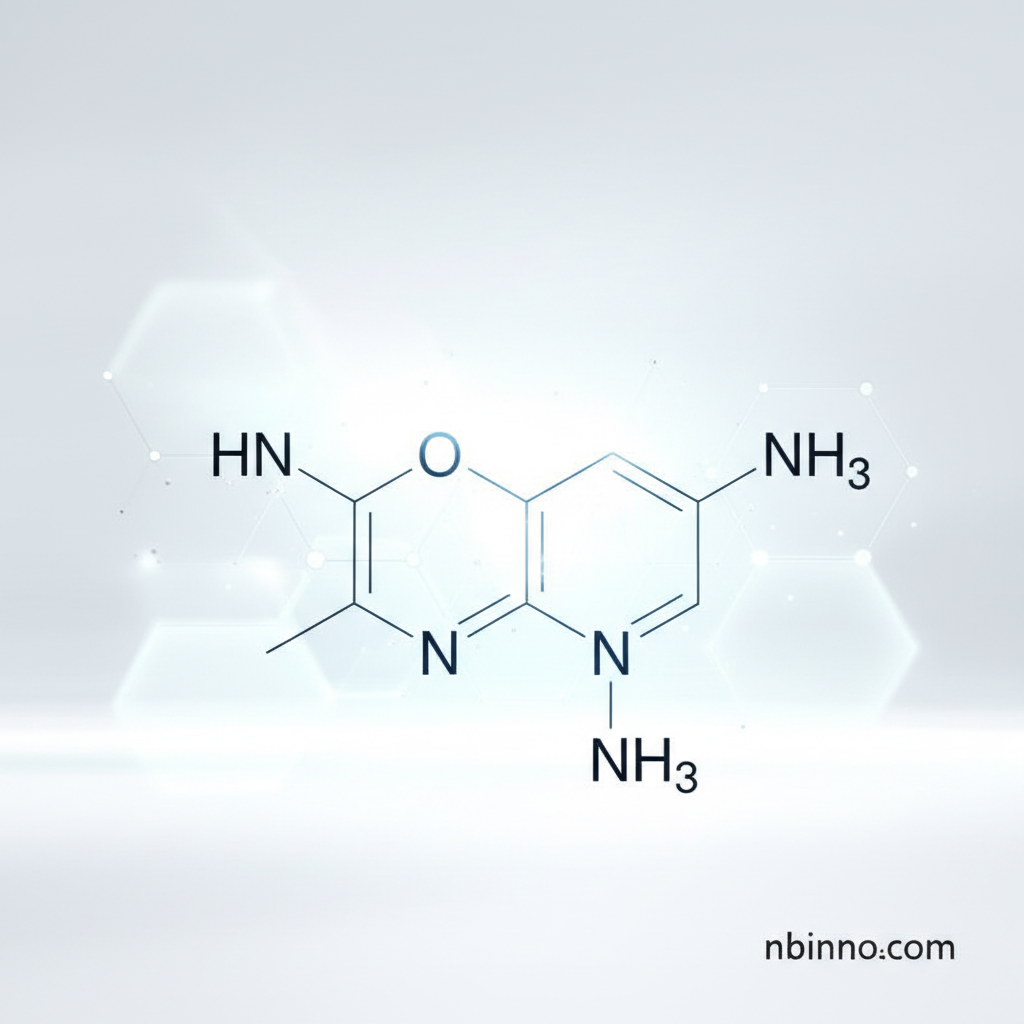Dibenzo(f,h)quinoxaline: Advanced OLED Intermediate for High-Performance Devices
Unlock the potential of next-generation displays with our high-purity dibenzo(f,h)quinoxaline intermediate.
Get a Quote & SampleProduct Core Value

Dibenzo(f,h)quinoxaline
Dibenzo(f,h)quinoxaline is a critical intermediate for developing advanced organic light-emitting diode (OLED) materials. Its unique molecular structure allows for the creation of highly efficient fluorescent emitters, particularly those targeting deep blue emission. The versatility of this compound enables researchers and manufacturers to fine-tune optoelectronic properties by synthesizing various derivatives, leading to improved device performance and color purity in displays and lighting applications.
- Explore the synthesis of dibenzo(f,h)quinoxaline OLED intermediates to enhance your device's efficiency and color spectrum.
- Discover how high purity dibenzo(f,h)quinoxaline contributes to the stability and longevity of organic light-emitting diode components.
- Investigate the application of dibenzo(f,h)quinoxaline derivatives as deep blue fluorescence materials for cutting-edge display technologies.
- Understand the molecular design principles behind creating advanced organic emitters using dibenzo(f,h)quinoxaline for superior light emission.
Advantages Offered
High Purity and Stability
Our dibenzo(f,h)quinoxaline is supplied at a minimum purity of 97%, ensuring reliable performance and stability in sensitive OLED manufacturing processes, which is crucial for achieving consistent results when exploring organic light-emitting diode components.
Tunable Emission Properties
By exploring the synthesis of dibenzo(f,h)quinoxaline OLED intermediates, users can tailor the optoelectronic characteristics of their final products, leading to the development of novel deep blue fluorescence materials with precise color control.
Versatile Molecular Scaffold
The dibenzo(f,h)quinoxaline structure serves as a versatile platform for creating a wide array of functional organic materials, enabling innovation in OLED emitter synthesis and the advancement of next-generation electronic devices.
Key Applications
OLED Display Technology
Utilizing dibenzo(f,h)quinoxaline as a key intermediate allows for the creation of advanced emitters that are essential for producing vibrant and energy-efficient OLED displays, driving innovation in screen technology.
Organic Electronics Research
Researchers leverage the unique properties of dibenzo(f,h)quinoxaline for developing novel organic semiconductors and optoelectronic materials, pushing the boundaries in fields like organic photovoltaics and sensors.
Specialty Chemical Synthesis
As a high-value chemical intermediate, dibenzo(f,h)quinoxaline is crucial for custom synthesis projects requiring complex heterocyclic compounds, supporting the broader specialty chemical industry.
Fluorescence Imaging
The fluorescent properties inherent in dibenzo(f,h)quinoxaline derivatives make them candidates for advanced fluorescence imaging applications, offering new tools for scientific research and diagnostics.
